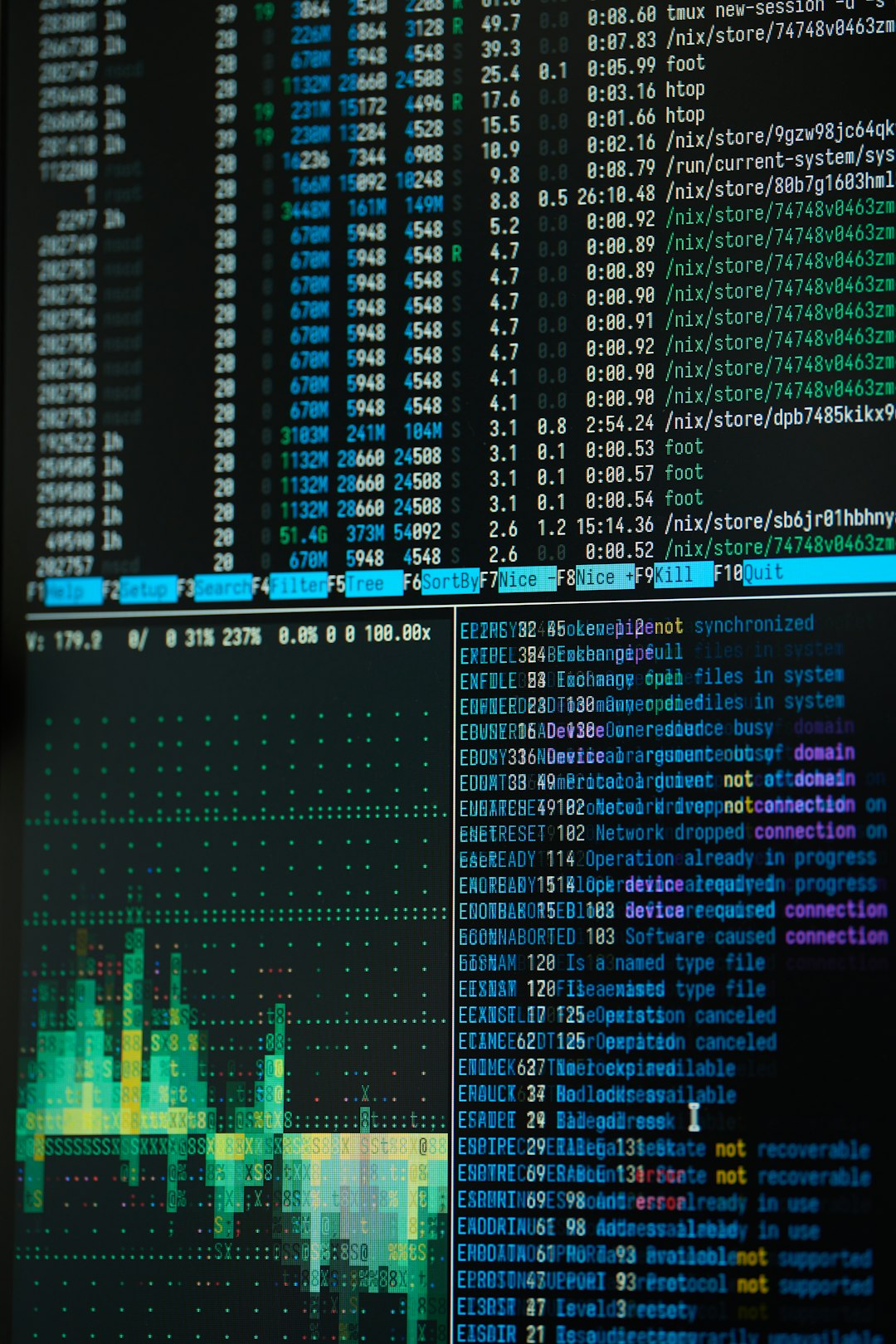
xxd vs Hexdump: Which Hex Dump Tool Should You Use?
When it comes to debugging, reverse engineering, or simply inspecting the contents of binary files, having a reliable hex dump tool is crucial. Two of the most popular tools in the Linux and Unix ecosystem are xxd and hexdump. While both serve the primary purpose of displaying file content in hexadecimal format, they offer different features, syntax styles, and capabilities that may sway users toward one over the other. Understanding the nuances of each can help you decide which hex dump tool best suits your needs.
What Is a Hex Dump Tool?
A hex dump tool is a utility used to display the contents of a file in a human-readable hexadecimal format. Most files on your system—from images and executables to archives—are stored in binary. These tools decode that binary and display each byte as two hexadecimal digits, often alongside the corresponding ASCII characters for quick readability.
This allows developers, analysts, and security researchers to inspect file structure, check headers, or even detect hidden malware wrapped deep inside files.
Introducing the Contenders
xxd
xxd is a hex dump tool distributed with the popular text editor Vim. Despite its origin, it functions completely independently of Vim and is often used on its own for converting binary files into readable hexadecimal format and vice versa.
hexdump
hexdump is a traditional Unix utility that comes preinstalled in many Linux distributions. It provides a range of formatting options using customizable format strings, making it incredibly powerful for those who want precision control over how data is displayed.
Basic Usage Comparison
Let’s start by looking at the simplest usage of both tools on a binary file:
- xxd command:
xxd file.bin - hexdump command:
hexdump file.bin
Right from the start, xxd provides a clean and user-friendly output with an address column, hex bytes in nicely organized sections, and the ASCII representation on the right. In contrast, hexdump defaults to a minimal output that might feel less intuitive. However, hexdump excels in customization, especially for users who want to specify their own layout using format strings.

Detailed Feature Comparison
1. Ease of Use
xxd is hands-down easier to use for quick inspections. Its output is structured and readable out-of-the-box. This makes it perfect for beginners or anyone who just wants a quick peek.
hexdump requires a bit more effort to configure. If you want the output to match xxd’s user-friendly format, you’ll need to use format strings. For example:
hexdump -C file.bin
The -C flag is an extension available in some versions (like GNU hexdump) that formats the output more like xxd.
2. Hex to Binary and Vice Versa
One unique advantage of xxd is that it can reverse a hex dump back into binary with the -r flag:
xxd -r -p hexfile.txt output.bin
This capability is not natively present with hexdump. If converting back you would have to write a custom script or use another utility, making xxd a better option for round-trip binary conversions.
3. Formatting Flexibility
If creating custom layouts is your goal, hexdump shines. You can use format strings to control the grouping of bytes, inclusion of addresses, and more:
hexdump -e '16/1 "%02x " "\n"' file.bin
This level of flexibility can be invaluable for scripting or when inspecting files with irregular byte structures.
4. Output Clarity
Here’s a side-by-side overview of how the default outputs might look:
- xxd:
00000000: 4865 6c6c 6f20 576f 726c 6421 0a Hello World!.
00000000 48 65 6c 6c 6f 20 57 6f 72 6c 64 21 0a |Hello World!.|
Both versions give a clear view, but xxd uses a slightly more compact output, which some users may prefer.
5. Platform Availability
Both tools are available on most Linux distributions by default. xxd is typically installed along with Vim, while hexdump exists as part of the util-linux package on many systems. For macOS users, both tools are available in the BSD versions, though advanced options may differ slightly.

Use Cases and When to Choose Which
Use xxd if:
- You want a quick and clean visual representation of file content
- You need to reverse a hex dump back to binary
- You’re scripting simple workflows that involve binary manipulation
Use hexdump if:
- You need fine-grained control over the hex dump layout
- You are parsing complex binary structures that require custom spacing and grouping
- You are analyzing non-standard file formats with unique patterns
Performance and File Size Handling
Performance-wise, both tools handle large files fairly efficiently, though hexdump tends to be marginally faster in certain system configurations. However, unless you’re working with multi-gigabyte dumps, the difference is negligible for everyday users.
That being said, if piping or integrating into an automated pipeline, the smaller and simpler output of hexdump might offer smoother parsing in shell scripts.
Wrapping Up
In summary, both xxd and hexdump have their own strengths, and the “better” tool depends largely on your technical needs and personal preferences. If you prefer simplicity and quick output, xxd will likely become your favorite. If you’re a power user who thrives on customization, hexdump will serve you well.
Regardless of which tool you choose, mastering hex dumps opens the door to a deeper understanding of file structures, data integrity, and debugging processes. In a world increasingly defined by digital information, it never hurts to know what really lies beneath the surface of your files.
Tip: Try creating your own scripts using xxd or hexdump to automate inspection tasks. A little shell scripting can go a long way in boosting productivity!